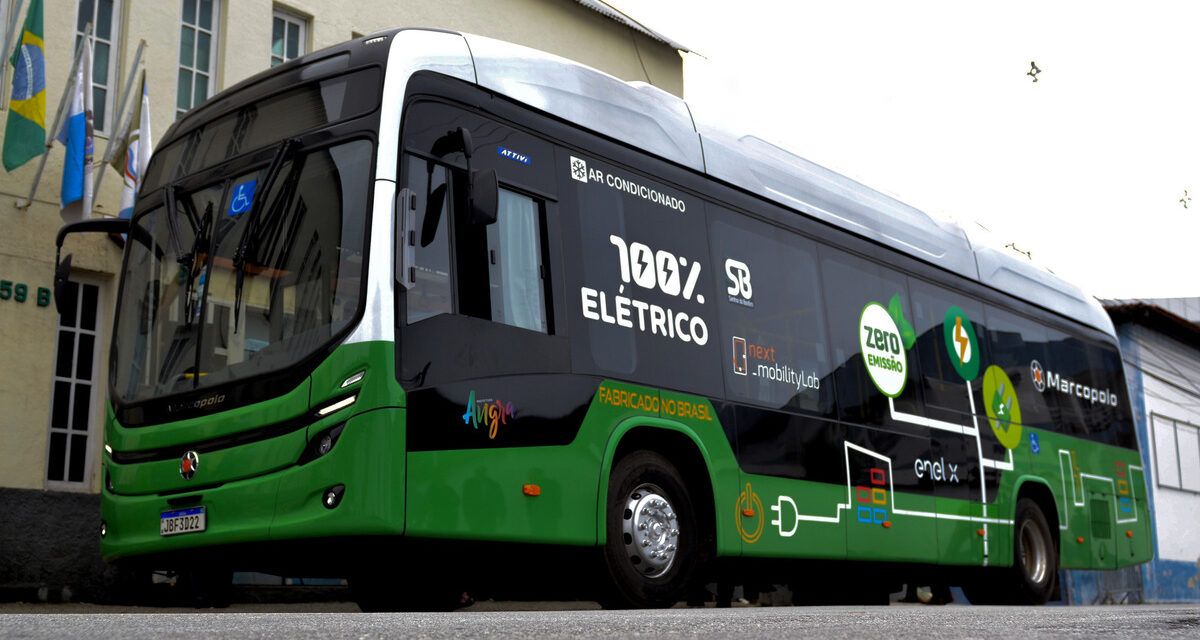As we step into 2024, electric buses are rapidly transforming urban transport landscapes globally. In cities like Shenzhen, where over 16,000 electric buses already operate, the shift from diesel to electric has dramatically reduced air pollution and noise, creating a more sustainable and peaceful environment. This article delves into the electrifying changes these buses are bringing to urban transportation, offering insights into technology, infrastructure, and the broader impacts on city life.
The Rise of Electric Buses: A Global Perspective
Why Cities Are Turning to Electric Buses
The transition to electric buses is fueled by several compelling factors:
– Environmental Benefits: With zero tailpipe emissions, electric buses play a crucial role in reducing urban air pollution. According to the International Energy Agency, switching to electric buses can reduce CO2 emissions by up to 30%.
– Cost Efficiency: While the upfront cost of electric buses can be higher than diesel equivalents, reduced fuel and maintenance costs lead to significant savings over the vehicle’s lifecycle.
– Government Incentives: Many countries offer subsidies and incentives for electric bus adoption. For instance, the European Union has set a target to reduce transport emissions by 90% by 2050, encouraging cities to electrify their public transport fleets.
Key Players in the Electric Bus Market
Several manufacturers are leading the charge in electric bus production:
– BYD: As the world’s largest electric bus maker, BYD has deployed thousands of units across Europe, North America, and Asia.
– Proterra: Based in the United States, Proterra offers electric buses with advanced battery technology, promising ranges of over 300 miles on a single charge.
– Volkswagen: Through its subsidiary, MAN, Volkswagen is expanding its electric bus offerings in Europe.
Advancements in Electric Bus Technology
Battery Innovations
Battery technology is at the heart of electric buses’ success. Recent advancements include:
– Energy Density Improvements: New battery chemistries, such as solid-state batteries, offer higher energy densities, resulting in longer ranges and faster charging times.
– Battery Management Systems (BMS): These systems optimize battery performance and longevity, providing real-time data to ensure efficient energy use.
Charging Infrastructure
Effective charging infrastructure is crucial for the widespread adoption of electric buses:
– Depot Charging: Buses are typically charged overnight at depots. Technologies like smart charging systems optimize energy use during off-peak hours.
– Opportunity Charging: This method involves quick charging at bus stops or layovers, using high-power chargers to top up batteries during the day. Cities like Geneva and Hamburg have successfully implemented this approach.
Practical Guide: Implementing Electric Buses in Cities
Steps for Cities to Adopt Electric Buses
- Assess Public Transit Needs: Conduct studies to determine the suitable routes and bus types for electrification.
- Infrastructure Planning: Develop a comprehensive plan for installing charging stations, considering both depot and opportunity charging solutions.
- Pilot Programs: Start with pilot projects to gather data and refine strategies before full-scale implementation.
- Stakeholder Engagement: Collaborate with manufacturers, utility providers, and government agencies to ensure a smooth transition.
Overcoming Challenges
Transitioning to electric buses is not without challenges:
– Initial Investment: High upfront costs can be a barrier, but long-term savings in fuel and maintenance often justify the investment.
– Grid Capacity: Increasing the grid’s capacity to handle additional load from electric buses requires careful planning and investment.
The Future of Urban Transport: Electric Buses Leading the Way
Benefits Beyond Transportation
Electric buses offer numerous benefits beyond transportation:
– Improved Public Health: By reducing air pollution, electric buses contribute to better respiratory health for city dwellers.
– Job Creation: The electric bus industry is creating new jobs in manufacturing, infrastructure development, and maintenance.
The Road Ahead
Looking forward, the integration of autonomous technology with electric buses could revolutionize urban transport. Companies like Tesla are already exploring self-driving capabilities, which could enhance efficiency and safety in public transit systems.
Conclusion: Electrifying the Path Forward
Electric buses are undeniably shaping the future of urban transport, offering sustainable, efficient, and cost-effective solutions to modern cities’ challenges. As technology continues to advance and infrastructure expands, the adoption of electric buses is set to accelerate, heralding a cleaner, quieter, and more connected urban landscape.
Call to Action
To support this transition, we can advocate for policies that promote clean energy and invest in public transportation infrastructure. How do you see electric buses transforming your city? Share your thoughts and join the conversation on sustainable urban mobility.
As we move into a new era of transportation, electric buses are not just a trend—they are a testament to our commitment to a sustainable future. Let’s embrace this change and drive towards a greener tomorrow.

